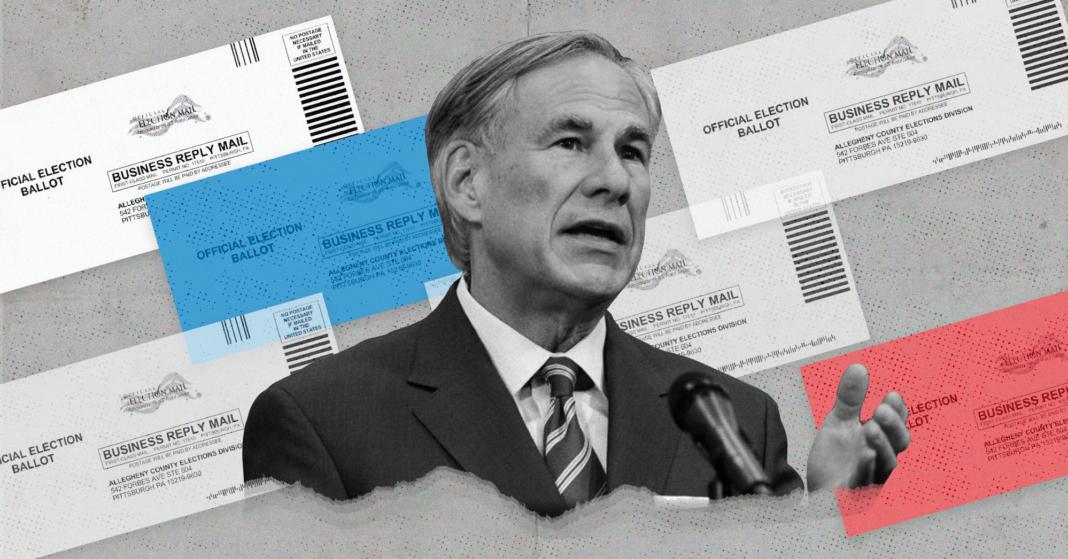Last week President Biden signed into law the American Rescue Plan (ARP) Act of 2021 which provides $1.9 trillion in federal stimulus money to shore up the U.S. economy during the pandemic. The bill provides money for a number of issues including healthcare, payroll protection, childcare, housing, transportation, and education.
In Texas, the money provided for public education alone is estimated at $12.4 billion. To put this amount into perspective, the historic House Bill 3 (HB 3) in 2019 was only $6.5 billion and was the most money ever provided for public schools by a single act of the state legislature. And this isn’t the first time Texas has received stimulus money since the pandemic hit. In the summer of 2020 the state received $1.3 billion in stimulus funds and most recently in December another $5.5 billion was allocated to the state through the Coronavirus Response and Relief Supplemental Appropriations (CRSSA) Act. The combined total dedicated to public schools in the state is staggering at nearly $20 billion. The total amount represents almost what Texas spends on its public schools in a single year.
While this amount of money infused into Texas public schools has the potential to be transformative, a primary concern of Texas educators is whether they will ever see any of it. The first round of stimulus funding, provided by the Coronavirus Aide, Relief, and Economic Security (CARES) Act largely didn’t make it to schools. School districts expected that funding to cover coronavirus-related expenses but instead much of the money was used to supplant funding that districts already expected to receive from the state.
Raise Your Hand Texas (RYHT), a well-known public school advocacy group, is pushing the state to provide adequate federal stimulus dollars to school districts while following through on other state commitments to fully fund HB 3 and to hold schools harmless for attendance loss by funding them on pre-pandemic attendance levels. The governor has already announced that hold harmless provisions would continue and Texas legislators seem committed to fully funding HB 3 so following through by allowing stimulus dollars to flow to Texas schools would help districts significantly.
A strong allocation of federal stimulus dollars will help schools focus on programs to address learning loss during the pandemic, find students who have disappeared from the system, and appropriately budget for coming years.
“We have an obligation to our students, staff, and community to share how our schools will support them through recovery from the pandemic,” says the superintendent of San Antonio ISD Pedro Martinez. “Without knowing how the State will allocate critically important federal dollars, we are unable to make staffing and support decisions.”
Since the federal dollars are predicated on a Title 1 distribution, money that is passed through to public schools would help the neediest children with districts like El Paso receiving nearly $200 million from the third round of stimulus funding alone. If funding from all three phases of the federal stimulus was delivered to them the amount would be close to $300 million. Schools in Hidalgo County, arguably one of the areas hardest hit by the pandemic, would receive a combined total of nearly $1.3 billion if all three federal stimulus disbursements were passed through to them, with La Joya ISD receiving over $232 million alone.
It’s important to note that federal dollars coming to the schools help the poorest, hardest-hit and neediest children but the money also helps entire communities recover as dollars are spent on salaries, supplies, buildings and many other goods and services that benefit local economies.
Many across the state are questioning whether federal funds will actually be delivered to schools or if they will be used to supplant existing funds to fill state budgetary holes. According to the folks at RYHT, the big question about the federal stimulus is, “Will it get to Texas schools as the federal government intended? We cannot afford to let this public health crisis turn into a generational education crisis. The feds stepped up, now Texas should, too.”
The disbursement of the $1.3 billion in the first stimulus package was largely left up to the Texas Commissioner of Education, Mike Morath. The second and third disbursements seem too large for one man to make the decision. With so much at stake for nearly 5.5 million schoolchildren the Texas Legislature should step in to mandate the disbursement.
Texas has both a moral obligation and a constitutional duty to adequately fund our public schools. The combined federal stimulus packages provide an opportunity to respond appropriately to the devastating effects on our schools of a worldwide pandemic and perhaps even to help our schools advance. The money from all three should be given to public schools. This is no time to plug budget holes or save it for a rainy day.







